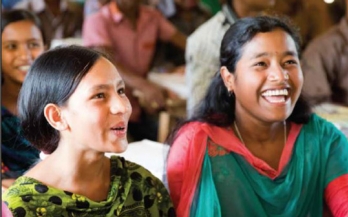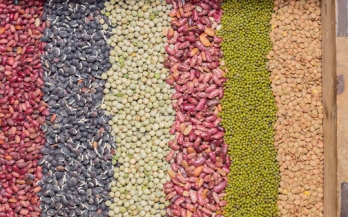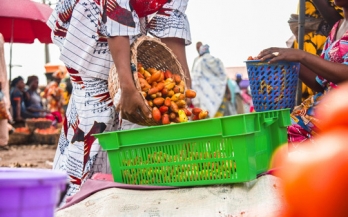Adolescence is defined as the period of 10-19 years. In 2017, almost one out of five Indonesians was an adolescent (44.93 million adolescents). Nutrition is one of the cornerstones for adolescent health. Adolescence is a life stage for physical growth and an opportunity for developing healthy dietary practices.
Bangladesh’s ambitions for middle-income status require the energy and creativity of the next generation. Investments in the nutrition of adolescents will enable this potential by realizing the demographic dividend.
This slide deck offers recommendations on the provisions of nutritious foods during the global COVID-19 pandemic and is part of a broader effort to develop an implementation support programme, supporting employers to implement Workforce Nutrition programmes.
With the Nutrition for Growth and United Nations Food Systems Summits scheduled in 2021, ambitious new multi-stakeholder commitments and actions are expected for better access to safe nutritious food. In 2019 the world was already off-track to achieve SDG2 - Zero Hunger - and the impact of the Covid-19 pandemic is expected to exacerbate this gap requiring stronger financing and actions for nutrition.
This paper summarises research conducted on the impacts of COVID-19 on LMICs’ food systems. It
reviews interventions implemented to support agri-food SMEs, including rapid responses to keep markets working, strategic recovery interventions to build back better, and systemic shifts to facilitate continuous learning and adaptation.
This document is an Addendum to the Global Options Paper, Weathering the Pandemic to Build Back Better: Options for Supporting SMEs in Low- and Middle-Income Countries. The Global Options Paper is a rapid review and analysis of the challenges facing agri-food SMEs.
This document is an Addendum to the Global Options Paper, Weathering the Pandemic to Build Back Better: Options for Supporting SMEs in Low- and Middle-Income Countries. The Global Options Paper is a rapid review and analysis of the challenges facing agri-food SMEs.
Reduction of post-harvest loss could have a major positive impact on increasing the affordability and accessibility of nutrient-dense fresh fruits and vegetables, particularly in low- and middle-income countries. While technologies to do so exist, their financial viability for the firms that would need to adopt them has not always been clear.
Reducing post-harvest loss is one promising way to make nutritious foods more available, accessible, and affordable - all while improving the environmental sustainability of the food system. While viable technologies to reduce loss exist, they have limited uptake, particularly in low- and- middle income countries (LMICs).
Our current food system is in dire need of change. To enable resilient, affordable, safe, and nutritious diets for the current and growing global population while restoring and safeguarding our environment, we need to think and act out of the box. GAIN, the Alliance of Bioversity and CIAT, and EAT joined forces to conduct a three-stage Delphi study, to identify and investigate game-changing innovations for improving diets and restoring environments by 2030.










